As a friend we want to be supportive and help in any way possible, feeling flattered that our friend sought us out for help. However, when a friend reaches out this can also bring up other emotions: discomfort, concern, confusion, sadness, and even anger. Often we might want to fix the issue a friend comes to us with, however, often times our friends are not looking for advice on how to solve the problem or for us to do this for them, but rather to listen and make them feel heard. A supportive friend is one who listens and is present when a friend reaches out, this shows you care and also places you in a position so as to not burnout by taking so much on. It isn’t your job to fix everything and often a friend may have a concern without a clear solution! Here’s a few ideas on how you can be a supportive friend without being overwhelmed in the process:
1) Empathize
Acknowledging we understand what a friend feels is a crucial way to show support. Empathy shows that we understand another person’s emotional experience. Rather than sympathy, empathy focuses on another’s feelings and experience. This is the ultimate way to be present, show support, and avoid giving advice or offering a solution. Statements such as, “I can tell how difficult this has been” or “I can hear how angry this makes you feel” are ways to be present and show support.
2) Validate
Validating shows acceptance and understanding, whether we agree with a friend or not. By validating a friend, we show that we understand why a friend is feeling upset (or any other emotion) and that their feelings are understandable, even valid. Statements including, “I understand why you are feeling stressed about this, I imagine I’d feel the same way in this situation”.
3) Ask clear, specific questions
Clarifying, asking specific questions about a topic a friend brings to us, is a way to be supporting without diving into a solution. This shows we are curious about their experience, which is validating as well! This also opens communication for a friend to share and reflect further (maybe even allowing them to have more insight into the concern). Don’t try and be a mind reader, just ask! Questions like, “How can I support you right now? What do you need from me?” are places to start to create an open dialogue.
4) Avoid Assumptions
We all respond to things differently, therefore a solution we might find helpful may not be helpful to a friend. Try to avoid assuming what a friend needs and rather ask what can be done to help out (by asking those specific questions mentioned above!) before jumping in with a solution, advice, or additional feedback. By taking the time to hear what one needs, when you do share, you are more likely to focus on their needs rather than what you think they may need, which isn’t as helpful.
5) Remember, it’s not your job to “fix” things
Avoid providing solutions to a friend before asking what they need or what you can do to support them. Again, often times a friend just wants to be heard and supported, not told what they should do. Providing advice a friend hasn’t asked for can add stress on you and lead to you feeling angry or upset if that advice is not taken or goes poorly.
6) Avoid comparing their problems to your own
Statements such as, “I know what you mean, this happened to me” or “Me too! Let me tell you about a time I experienced XX” takes away space from a friend which can be very hurtful. Comments such as these can lead to a friend feeling no one understands them or truly hears them.
Using the strategies mentioned above, understanding and empathy can be shown while keeping your friend and his or her concerns at the forefront of the conversation. Remember, friends often just want to be heard. Listening without making assumptions, jumping to advice, or turning the conversation toward you shows that the other person matters and their feelings are important. Being there for a friend is important to the relationship and not jumping in to solve things keeps that relationship healthy and avoids any burnout within the relationship.
If you need coaching to help you manage your relationships, click here for more information!


